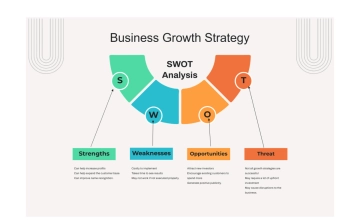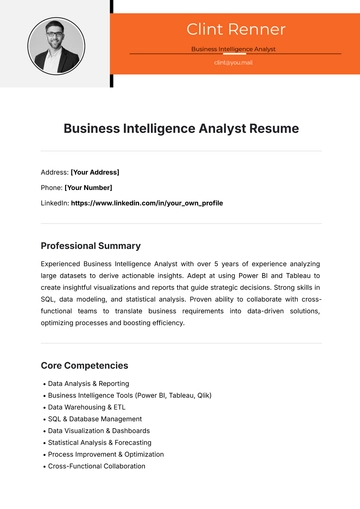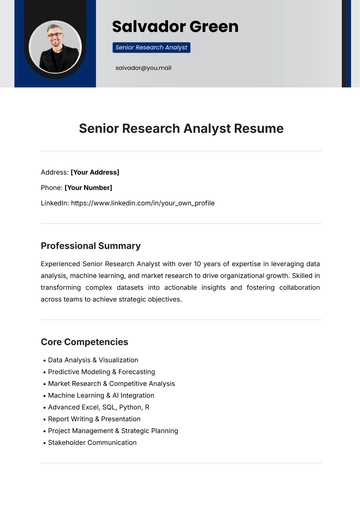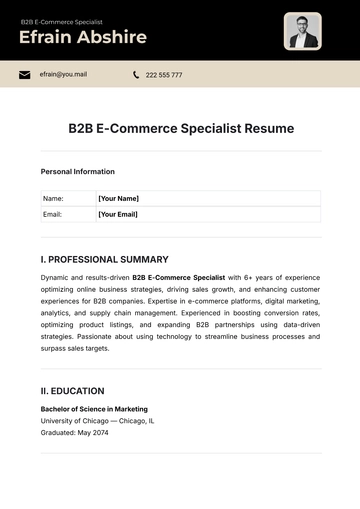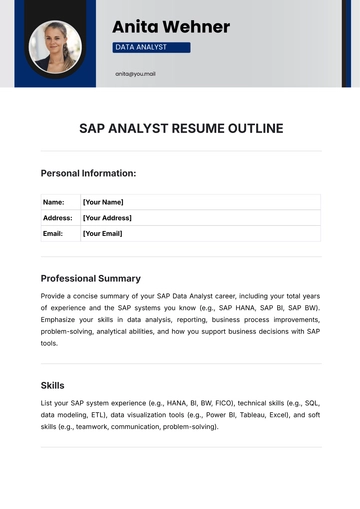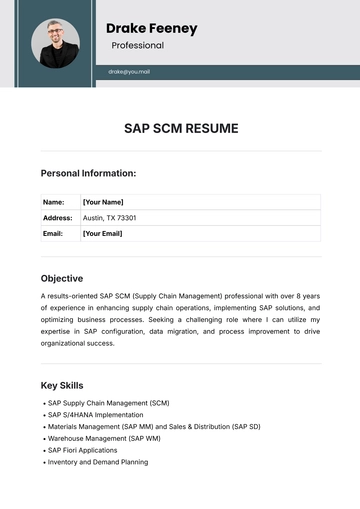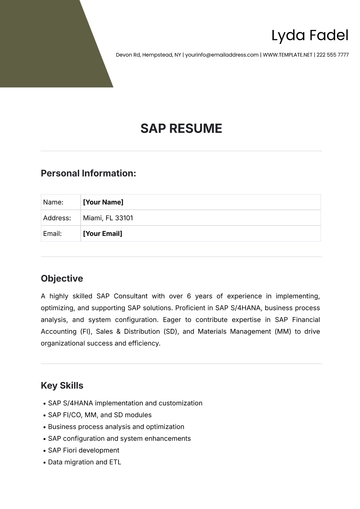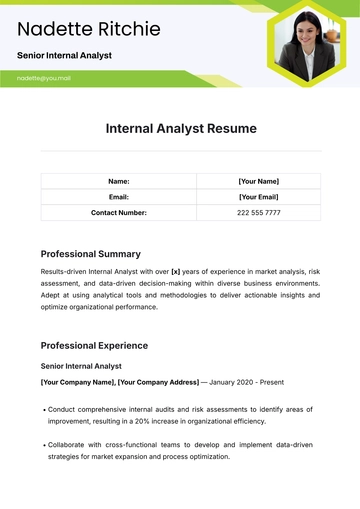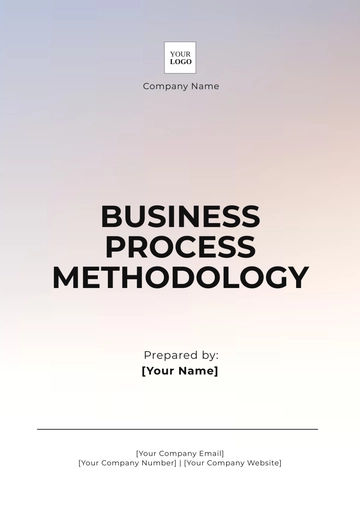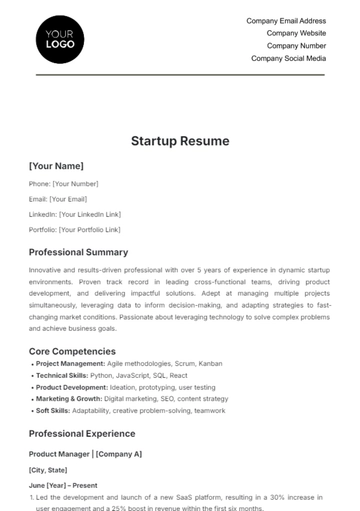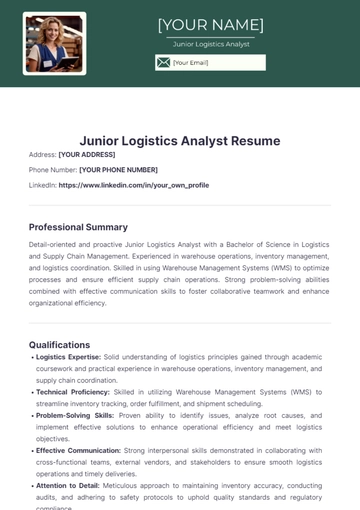Business Analytics Case Study
I. Executive Summary
The Executive Summary provides a concise overview of the entire case study, highlighting key findings and recommendations.
[Your Company Name] engaged in a comprehensive analysis of its sales data to identify opportunities for optimization and growth. This case study outlines the methodology, findings, and proposed strategies to improve sales performance. By leveraging advanced analytics techniques, [Your Company Name] gained valuable insights into customer behavior, market trends, and product performance, enabling data-driven decision-making.
II. Introduction
The Introduction sets the context for the case study, outlining the objectives and scope of the analysis.
[Your Company Name], a leading provider of electronics products, sought to enhance its sales effectiveness amidst evolving market dynamics. As part of its strategic initiatives, the company embarked on a business analytics project to extract actionable insights from its vast repository of sales data. The primary objectives of the analysis included:
Understanding customer segmentation and preferences.
Identifying underperforming products and regions.
Optimizing pricing strategies for improved profitability.
Enhancing sales forecasting accuracy.
III. Methodology
The Methodology section outlines the approach and techniques employed in the data analysis process.
III.I Data Collection and Preparation
The first step involved gathering relevant sales data from multiple sources, including the company's CRM System, ERP System, and E-commerce Platform. Data cleansing and preprocessing were performed to ensure data accuracy and consistency. Key metrics such as sales volume, revenue, customer demographics, and product attributes were extracted for analysis.
III.II Exploratory Data Analysis (EDA)
Exploratory Data Analysis was conducted to gain initial insights into the dataset. Descriptive statistics, data visualization techniques, and correlation analysis were utilized to identify patterns, trends, and relationships within the data. This phase helped in understanding the distribution of sales across different segments and identifying outliers.
III.III Predictive Modeling
Predictive modeling techniques, including regression analysis and machine learning algorithms, were employed to forecast future sales trends and customer behavior. Time-series analysis was utilized to identify seasonality and cyclical patterns, enabling more accurate sales predictions. Additionally, clustering algorithms were applied to segment customers based on their purchasing behavior and preferences.
IV. Findings
The Findings section presents the key insights derived from the data analysis process.
IV.I Customer Segmentation
The analysis revealed distinct customer segments based on demographic attributes, purchasing frequency, and buying preferences. These segments were categorized into:
Premium Segment: High-value customers who frequently purchase premium products.
Discount Segment: Budget-conscious customers who prefer discounted items.
Occasional Segment: Occasional buyers with sporadic purchase patterns.
IV.II Product Performance Analysis
Certain products exhibited strong sales performance, while others showed signs of underperformance. Through ABC analysis, it was observed that:
The Electronics Category accounted for the majority of sales revenue, indicating high-demand products.
Accessories Category had low sales volume and profitability, suggesting potential areas for improvement or discontinuation.
IV.III Pricing Optimization
Price elasticity analysis revealed insights into how changes in product pricing affect demand and revenue. By adjusting prices based on customer segments and product categories, [Your Company Name] could maximize profitability while maintaining competitiveness in the market.
V. Recommendations
Based on the findings, actionable recommendations are proposed to address identified opportunities and challenges.
V.I Targeted Marketing Strategies
Tailored marketing campaigns should be developed for each customer segment to increase engagement and retention. Personalized offers and promotions can be designed to cater to the specific needs and preferences of different customer groups.
V.II Product Portfolio Optimization
[Your Company Name] should prioritize investments in high-performing products and consider phasing out or repositioning underperforming products. This strategic realignment will help optimize inventory management and resource allocation.
V.III Dynamic Pricing Strategies
Implementing dynamic pricing algorithms that adjust prices in real time based on demand fluctuations and competitive dynamics can improve revenue optimization and market share. A data-driven approach to pricing will enable [Your Company Name] to capture value more effectively.
VI. Conclusion
In conclusion, the business analytics case study illustrates the importance of leveraging data-driven insights to drive strategic decision-making and enhance business performance. By analyzing sales data, [Your Company Name] gained valuable insights into customer behavior, market trends, and product performance, enabling targeted strategies for growth and profitability. Moving forward, continued investment in analytics capabilities will be essential to maintain a competitive edge in the dynamic marketplace.
Prepared by:
[Your Name]
[Your Position]
Contact Details:
[Your Company Email]
[Your Company Number]
Case Study Templates @ Template.net

